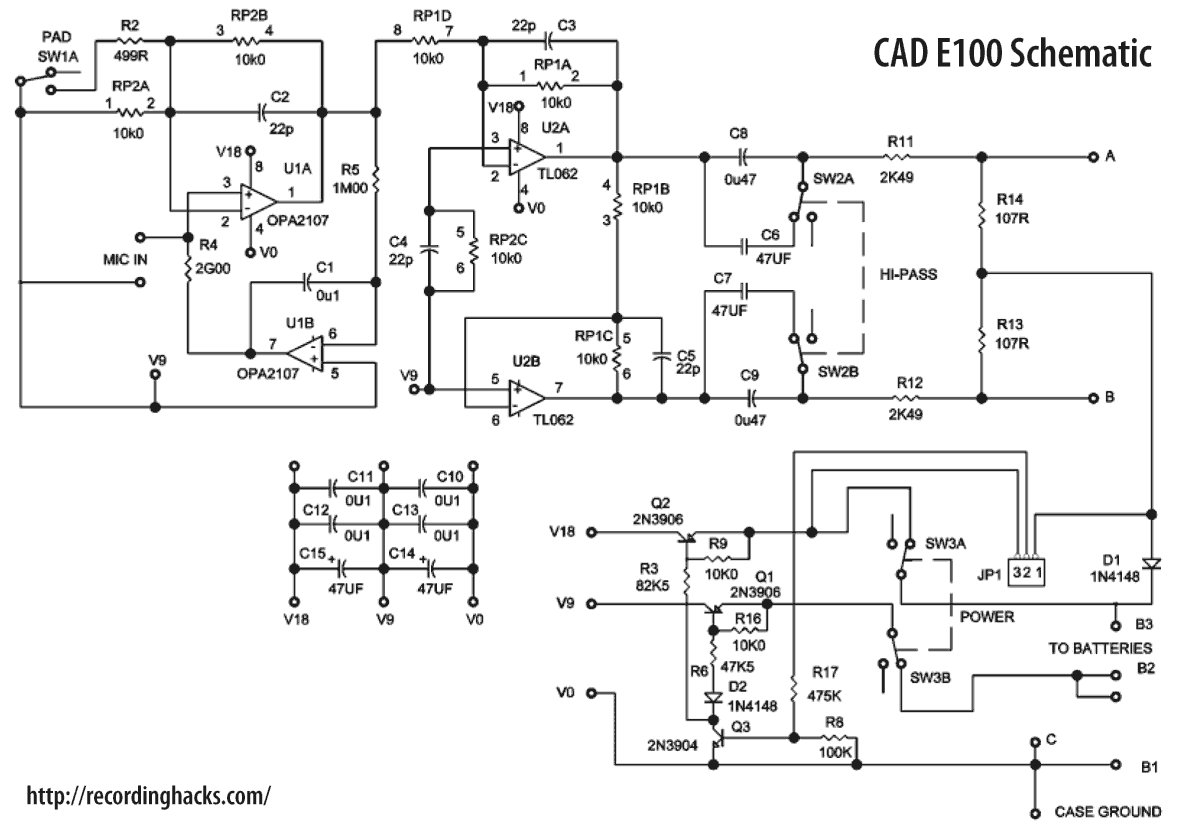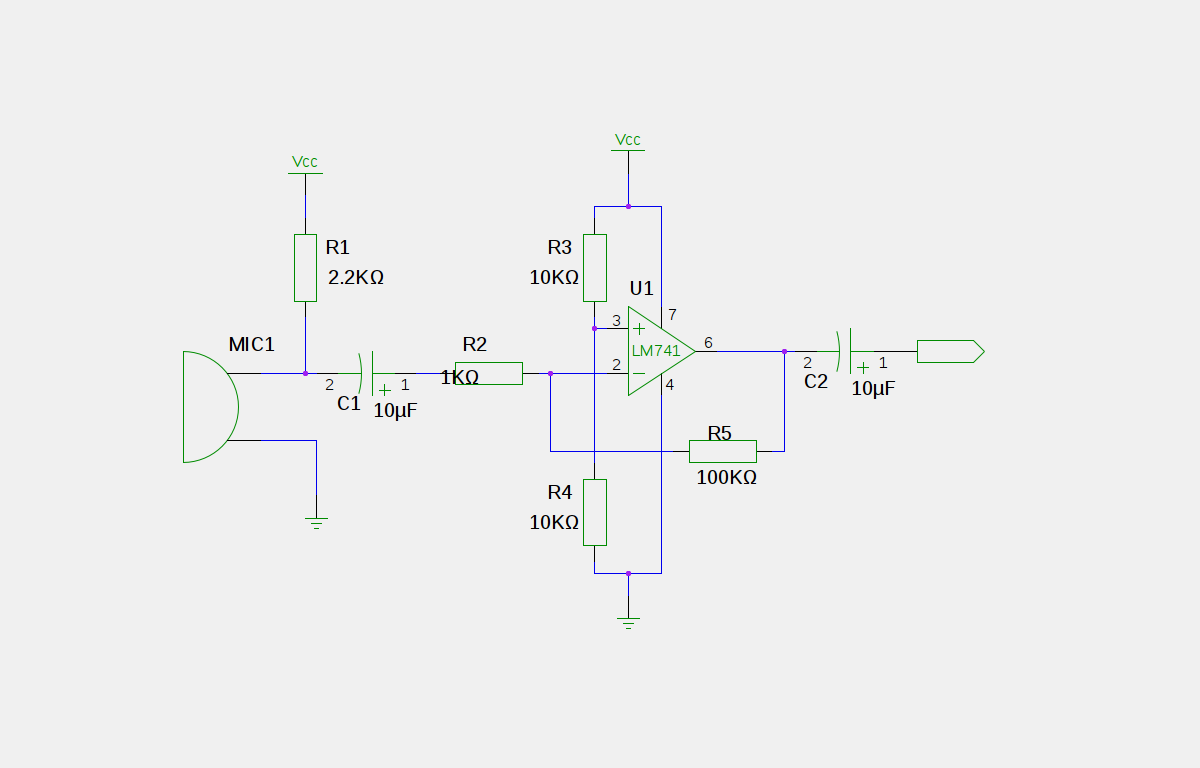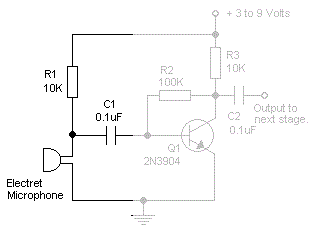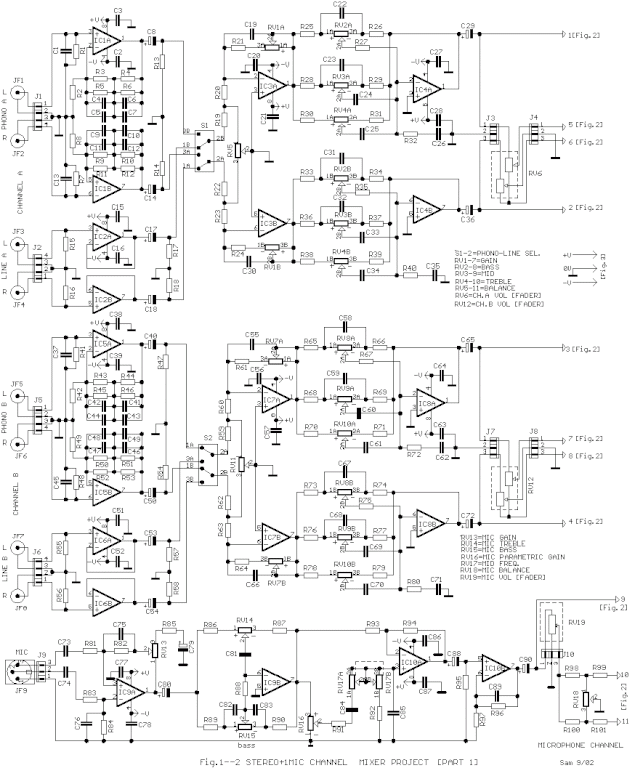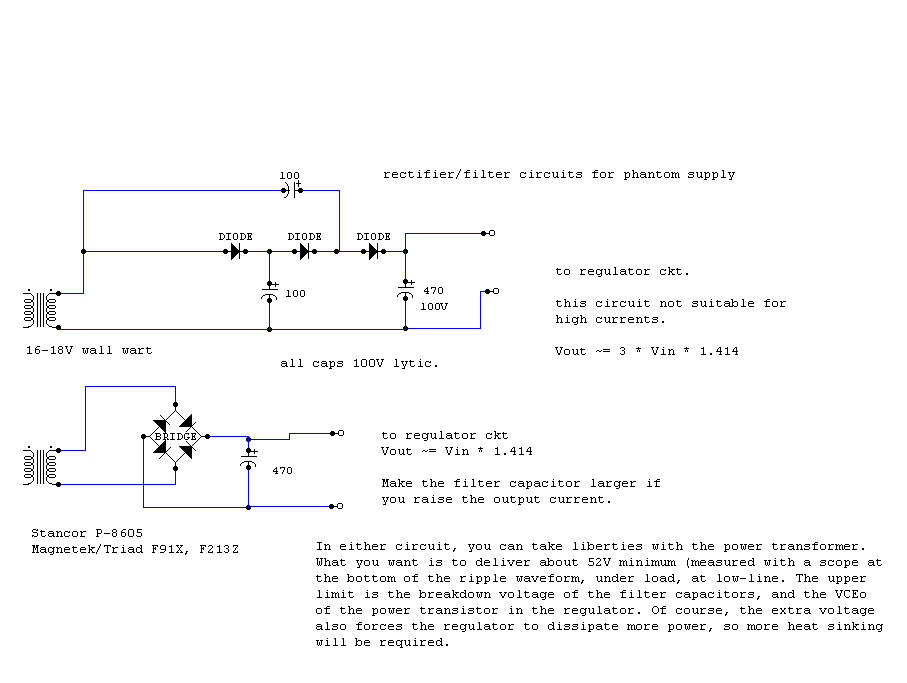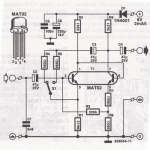
microphone Oktava MK 319
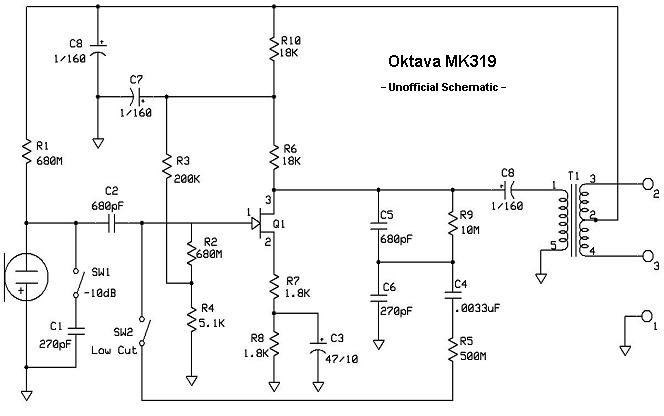
The MK-319 is a fixed cardioid-pattern, large-diaphragm condenser microphone. The capsule assembly is the same as the MK-219; the primary differences between the models are that the diaphragm is gold-sputtered Teflon, mounted to a center-terminated capsule design. The rear diaphragm is not sputtered. Both sides of the capsule are covered by a resonator disk, a passive acoustic equalizer device that contours the capsule's frequency response. Scott Dorsey's June 2005 article on modifying the MK-219 and MK-319, originally published in Recording Magazine, has recently been republished online.
The MK-319 microphone employs a fixed cardioid polar pattern, which is designed to capture sound primarily from the front while minimizing noise from the sides and rear. This characteristic makes it suitable for various recording environments, particularly in studio settings where isolation of the sound source is crucial.
The large-diaphragm design of the MK-319 enhances its sensitivity and frequency response, allowing it to capture a wide range of audio frequencies with clarity and detail. The diaphragm is constructed from gold-sputtered Teflon, a material known for its durability and low self-noise, which contributes to the microphone's overall performance. The center-terminated capsule design further optimizes the microphone's acoustic properties, ensuring accurate sound reproduction.
The resonator disk, which is a passive acoustic equalizer, plays a significant role in shaping the frequency response of the microphone. By contouring the sound captured by the diaphragm, it helps to enhance specific frequencies while attenuating others, resulting in a more balanced and natural sound. This feature is particularly beneficial for vocal recordings, where clarity and presence are desired.
In addition to its technical specifications, the MK-319 has been the subject of modification discussions, as highlighted in Scott Dorsey's article. These modifications can further tailor the microphone's characteristics to suit individual preferences or specific recording scenarios, making it a versatile tool for audio engineers and musicians alike. The republishing of the article serves as a valuable resource for those interested in exploring the potential enhancements available for the MK-319 and its counterpart, the MK-219.The MK-319 is a fixed cardioid-pattern, large-diaphragm condenser microphone. The capsule assembly is the same as the MK-219; the primary differences between the models are: The diaphragm is gold sputtered teflon, mounted to a center-terminated capsule design. The rear diaphragm is not sputtered. Both sides of the capsule are covered by a resonato r disk ” a passive acoustic equalizer device that contours the capsule`s frequency response. Scott Dorsey`s June, 2005 article on modding the MK-219 and MK-319, published originally in Recording Magazine, has recently been republished online. See the link in the sidebar. 🔗 External reference
The MK-319 microphone employs a fixed cardioid polar pattern, which is designed to capture sound primarily from the front while minimizing noise from the sides and rear. This characteristic makes it suitable for various recording environments, particularly in studio settings where isolation of the sound source is crucial.
The large-diaphragm design of the MK-319 enhances its sensitivity and frequency response, allowing it to capture a wide range of audio frequencies with clarity and detail. The diaphragm is constructed from gold-sputtered Teflon, a material known for its durability and low self-noise, which contributes to the microphone's overall performance. The center-terminated capsule design further optimizes the microphone's acoustic properties, ensuring accurate sound reproduction.
The resonator disk, which is a passive acoustic equalizer, plays a significant role in shaping the frequency response of the microphone. By contouring the sound captured by the diaphragm, it helps to enhance specific frequencies while attenuating others, resulting in a more balanced and natural sound. This feature is particularly beneficial for vocal recordings, where clarity and presence are desired.
In addition to its technical specifications, the MK-319 has been the subject of modification discussions, as highlighted in Scott Dorsey's article. These modifications can further tailor the microphone's characteristics to suit individual preferences or specific recording scenarios, making it a versatile tool for audio engineers and musicians alike. The republishing of the article serves as a valuable resource for those interested in exploring the potential enhancements available for the MK-319 and its counterpart, the MK-219.The MK-319 is a fixed cardioid-pattern, large-diaphragm condenser microphone. The capsule assembly is the same as the MK-219; the primary differences between the models are: The diaphragm is gold sputtered teflon, mounted to a center-terminated capsule design. The rear diaphragm is not sputtered. Both sides of the capsule are covered by a resonato r disk ” a passive acoustic equalizer device that contours the capsule`s frequency response. Scott Dorsey`s June, 2005 article on modding the MK-219 and MK-319, published originally in Recording Magazine, has recently been republished online. See the link in the sidebar. 🔗 External reference
